The Aegean Sea, nestled in southeastern Europe, is a captivating expanse of azure waters and a treasure trove of history.
Seven fascinating countries border the Aegean Sea. Each offers a unique tapestry of cultures, landscapes, and historical sites.
Join us on an adventure through these Mediterranean gems as we uncover the magic of Greece, Turkey, Bulgaria, and more.
The Aegean Sea: A World of Wonder
The Aegean Sea, named after the Greek mythological figure Aegeus, is a mesmerizing body of water.
It stretches over 83,000 square miles, nestled between Greece and Turkey. This sea is a crucial link for global trade, connecting the Mediterranean to the Black Sea.
The Aegean’s vibrant marine life supports local economies, while its strategic location has made it a crossroads of civilizations for hundreds of years.
Its beauty and historical significance continue to draw travelers and scholars alike.
1. Greece: The Cradle of Civilization

Greece boasts a storied history and incredible landscapes.
©Songquan Deng/Shutterstock.com
Often considered as the cradle of Western civilization, Greece boasts a storied history and incredible landscapes.
Its vibrant capital, Athens, is home to the iconic Acropolis, a UNESCO World Heritage site adorned with the Parthenon. Delve into ancient history at the National Archaeological Museum and the Temple of Olympian Zeus.
Beyond Athens, you’ll find the mesmerizing Greek Islands – Santorini’s sunsets, Mykonos’ nightlife, and Crete’s historical Minoan palace of Knossos.
Greece’s rich history, delicious cuisine, and warm hospitality will captivate your soul.
Greece’s connection to the Aegean Sea is profound. Its coastline stretches for thousands of miles, fostering maritime trade, fishing, and tourism. This beautiful sea has been vital to Greece’s historical and cultural identity.
2. Turkey: Where East Meets West
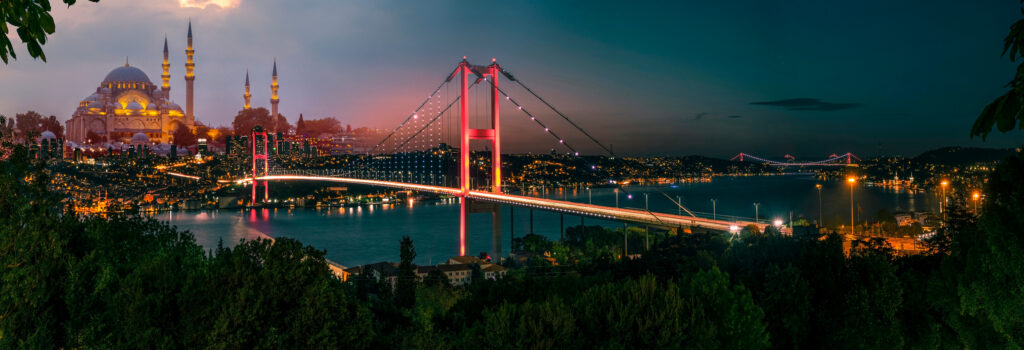
Istanbul spans the Bosporus Strait.
©Travel Turkey/Shutterstock.com
Turkey, where East meets West, offers a dynamic blend of cultures and landscapes.
Istanbul, the city of dreams, spans the Bosporus Strait, connecting Europe and Asia. The Hagia Sophia and Topkapi Palace stand as testaments to its imperial past.
Travel along the Turkish Aegean coast to discover Ephesus, an ancient Roman city with a well-preserved library and amphitheater.
Bodrum’s dazzling beaches and the fairy chimneys of Cappadocia promise adventures like no other.
Turkey’s Aegean coast serves as a hub for trade, tourism, and fishing, vital to the nation’s economy. The sea also plays a significant role in Turkey’s cultural and historical narrative.
3. Bulgaria: A Hidden Gem

Sofia, the capital of Bulgaria, boasts stunning architecture.
©sfabisuk/iStock via Getty Images
Bulgaria, a hidden gem in the Aegean’s embrace, offers more than meets the eye.
Sofia, the capital, boasts stunning architecture and the Alexander Nevsky Cathedral. Don’t miss Plovdiv, a European Capital of culture, with its captivating Old Town.
For nature lovers, the Rhodope Mountains and Rila Monastery are must-visit destinations.
Bulgaria’s affordability and warmth will make your journey unforgettable.
Though Bulgaria doesn’t have direct access to the Aegean, it benefits from the sea’s proximity through trade, tourism, and cultural exchange with its Aegean neighbors.
4. Albania: The Undiscovered Beauty
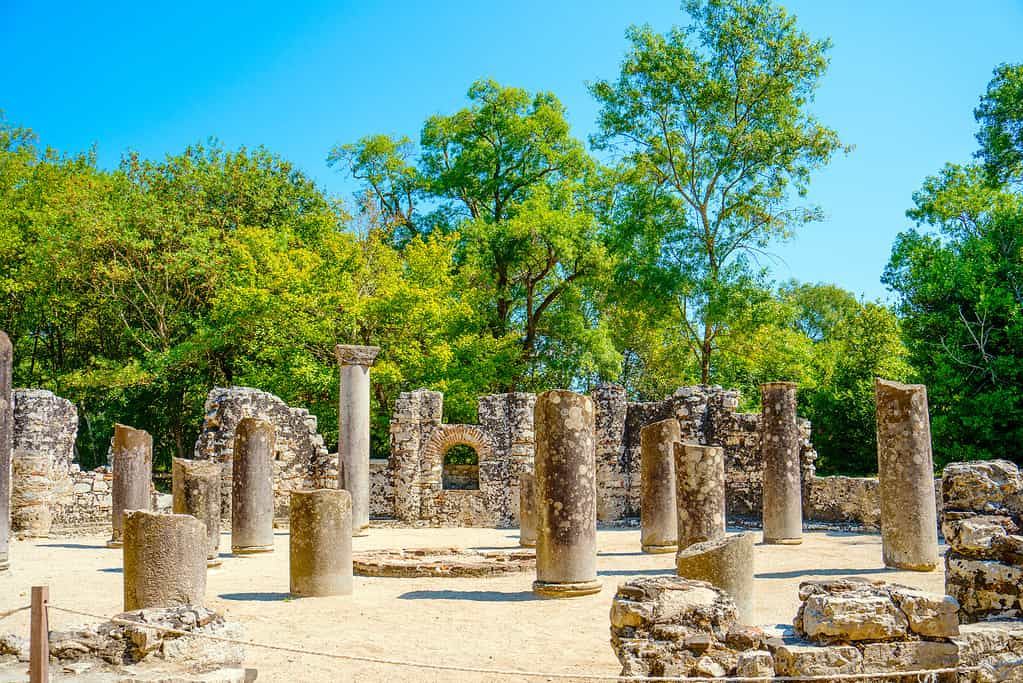
The ancient city of Butrint is a UNESCO World Heritage site.
©etraveler/iStock via Getty Images
Albania, with its rugged coastline and pristine beaches along the Ionian and Adriatic Seas, is an unpolished gem.
Explore the ancient city of Butrint, a UNESCO World Heritage site, and the vibrant capital, Tirana.
Albania’s unique blend of Ottoman and Italian influences, along with its untouched landscapes, make it an up-and-coming destination for intrepid travelers.
The coastline of Albania along the Ionian Sea, part of the greater Mediterranean, fuels its tourism industry, drawing visitors to its stunning beaches and historic sites.
5. North Macedonia: A Journey Through Time
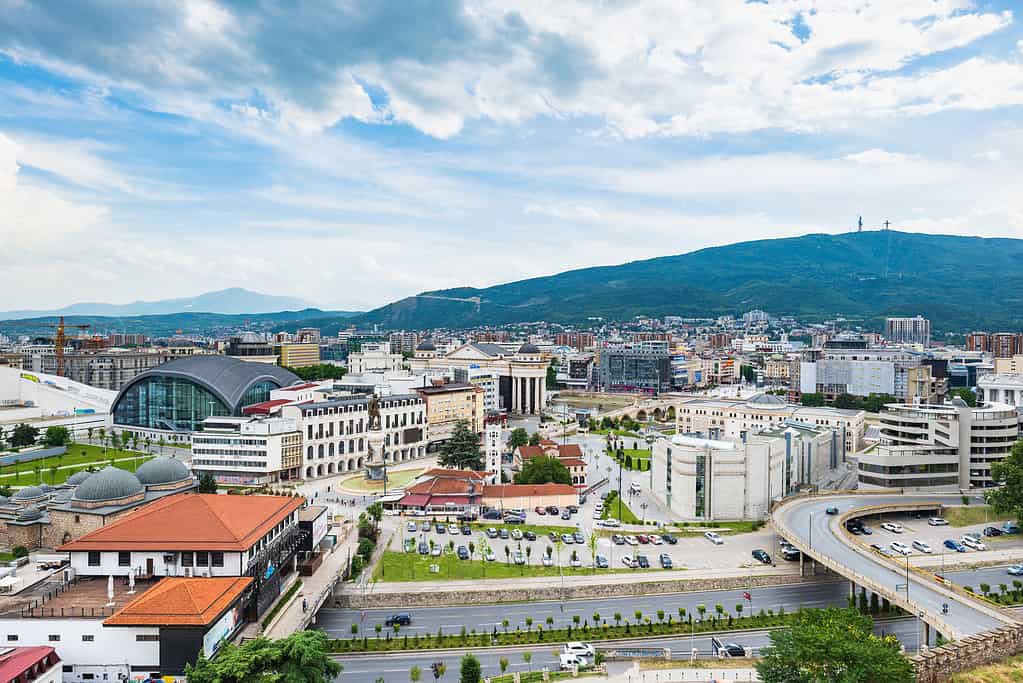
The city of Skopje is the capital of North Macedonia, offering visitors both classical and modern architecture.
©uskarp/iStock via Getty Images
North Macedonia, with its rich historical tapestry, is a captivating destination.
Skopje, the capital, is a blend of classical and modern architecture. Visit Ohrid, a UNESCO World Heritage site, known for its stunning Lake Ohrid and ancient churches.
The country’s warm hospitality and soul-stirring landscapes will leave a lasting impression.
Although North Macedonia is landlocked, it benefits from the Aegean Sea’s influence through cultural exchanges and economic ties with neighboring coastal countries.
6. Montenegro: The Jewel of the Adriatic
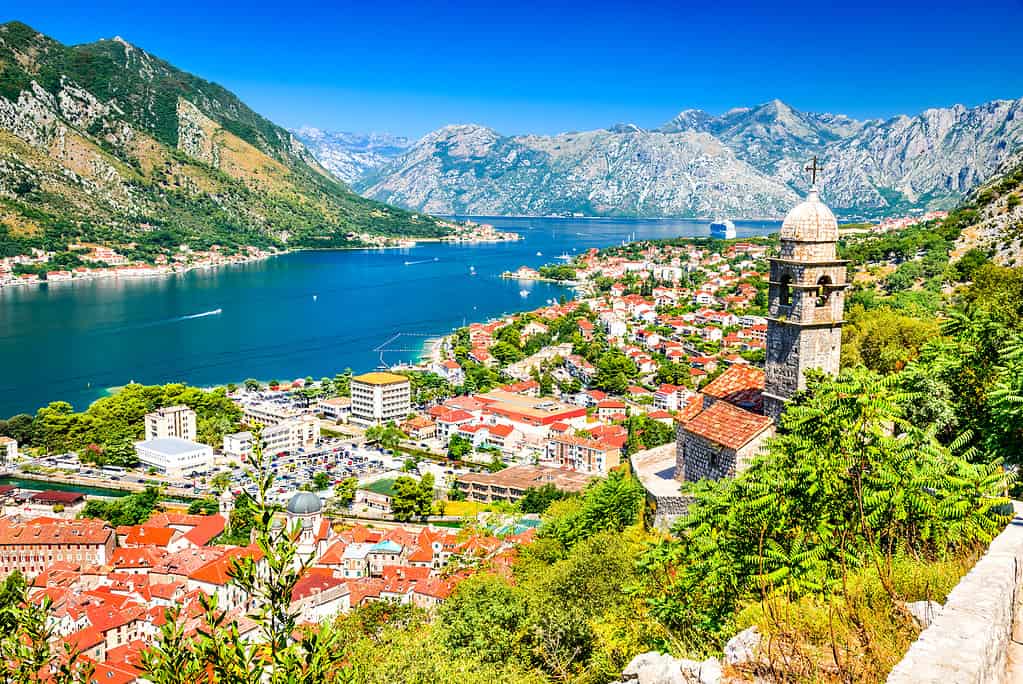
Kotor in Montenegro features a winding bay and a medieval old town.
©emicristea/iStock via Getty Images
Montenegro, nestled along the Adriatic coast, offers breathtaking scenery. Kotor, a UNESCO World Heritage site, features a winding bay and medieval old town.
Explore the stunning beaches of Budva and the pristine Tara River Canyon.
Montenegro’s natural beauty and Mediterranean charm make it a hidden paradise for travelers.
Montenegro’s entire western border is along the Adriatic Sea, and it relies on the sea for tourism, fishing, and trade, sustaining its coastal communities.
7. Cyprus: Where Myth Meets Reality
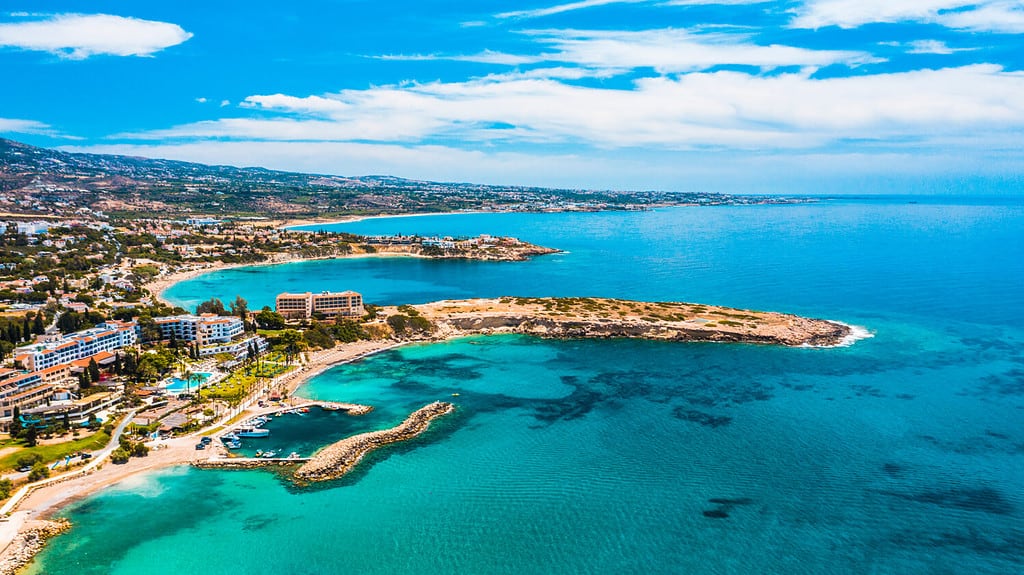
Cyprus’s economy is closely tied to the Mediterranean.
©Sabina Berezina/Shutterstock.com
Cyprus, an island in the eastern Mediterranean, is steeped in mythology and history. Discover Paphos, a UNESCO World Heritage site, and its ancient ruins.
Nicosia, the divided capital, offers a unique glimpse into Cyprus’s complex past.
The island’s golden beaches, picturesque villages, and warm climate make it a year-round destination.
Cyprus’s economy is closely tied to the Mediterranean, with maritime trade and tourism playing pivotal roles in its prosperity.
From the ancient wonders of Greece and Turkey to the hidden treasures of Bulgaria, Albania, North Macedonia, Montenegro, and Cyprus, the countries surrounding the Aegean Sea offer a diverse array of experiences.
Whether you’re exploring historic ruins, lounging on pristine beaches, or savoring delectable Mediterranean cuisine, the Aegean region has something to offer every traveler.
So, pack your bags and embark on an Aegean Odyssey to discover the enchantment of this timeless corner of the world. The Aegean Sea, with its vital role in the region’s culture and economy, is the heart that connects these captivating destinations.
The photo featured at the top of this post is © Gatsi/iStock via Getty Images
Thank you for reading! Have some feedback for us? Contact the AZ Animals editorial team.







